7 ways to get more out of your air purifier
Want to get the most from your air purifier? Follow these tips
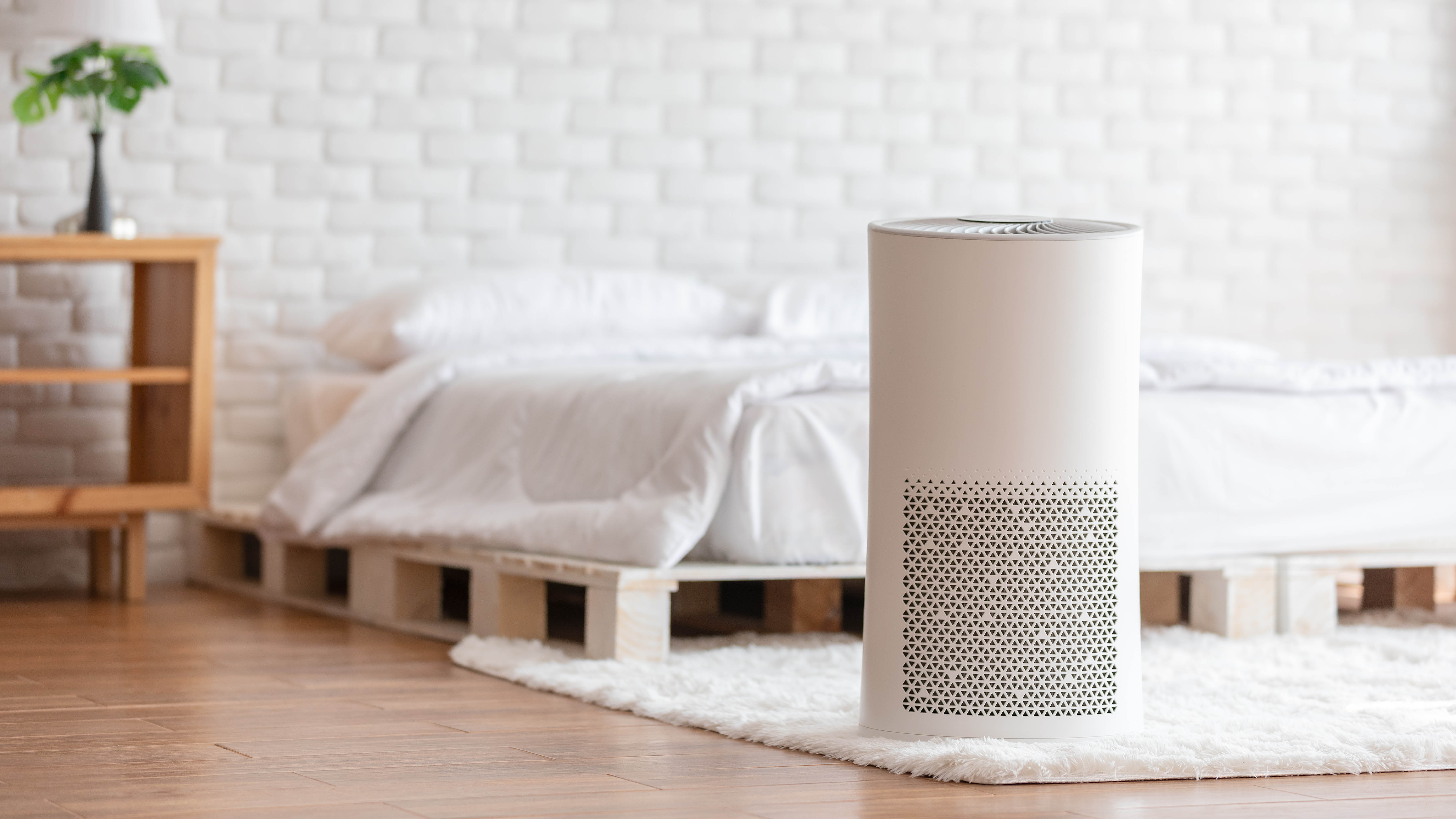
Air purifiers can be found in most homes these days. We use them to help us sleep through the night, to maintain the air in our home office and to deodorize the kitchen. So, there are many reasons you might need an air purifier. Some are even relied on to keep viruses at bay. The importance and reliance upon these appliances can’t be stressed enough. However, the output of even the best air purifiers can suffer if they’re not maintained properly.
You may have noticed your air purifier struggling in terms of power as of late, or perhaps you haven’t had the performance you expected from the start. In either case, there are actually several factors at home which can impact the performance of an air purifier, all of which can be reduced or rectified with just a few small changes. Here, we will take you through exactly what’s holding back your air purifier, and how to get it working at its best.
Here are 7 ways to improve the performance of your air purifier.
Be sure to also check out 9 ways to fight allergy season.
1. Change the filter
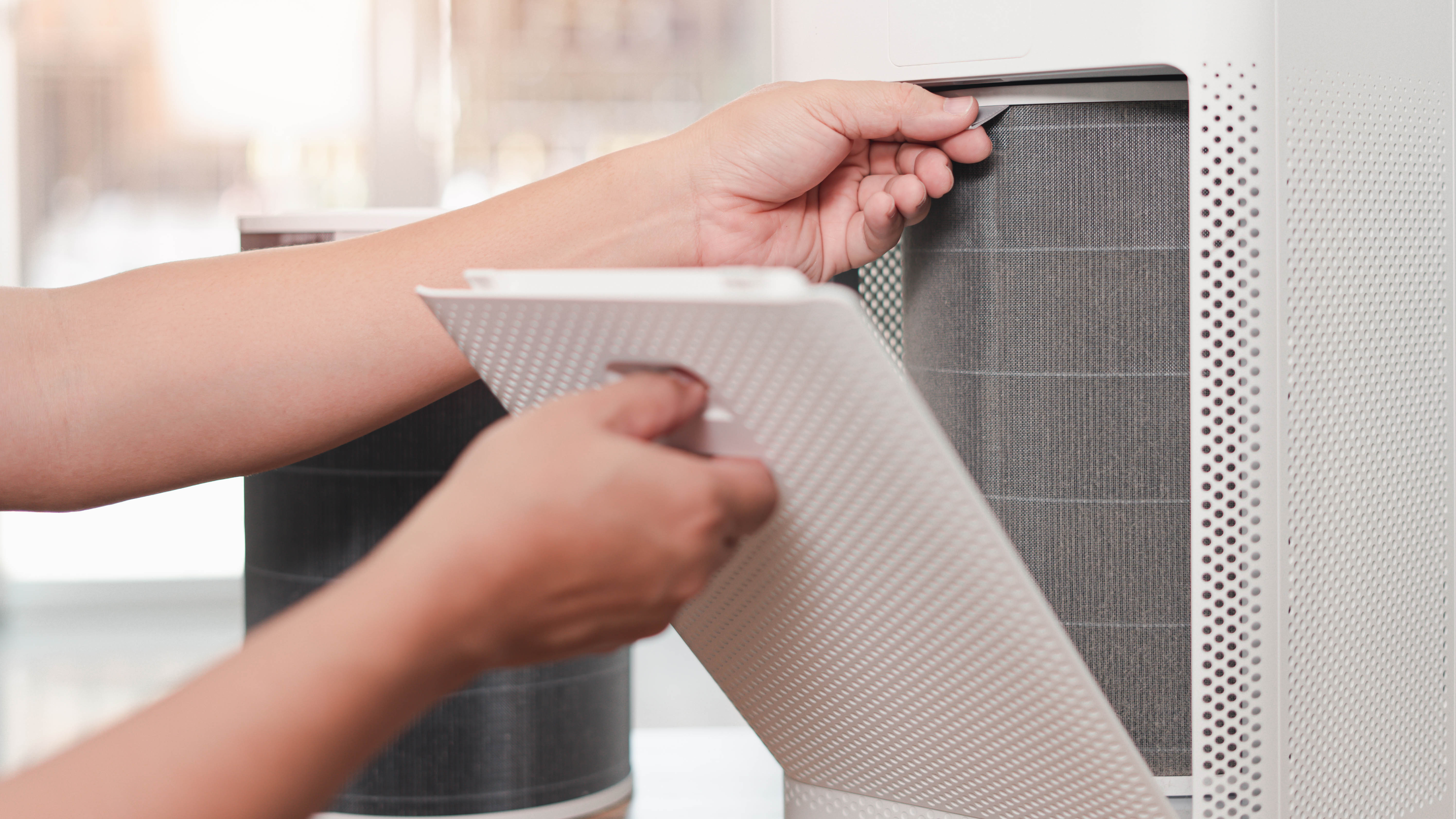
Every time you use your air purifier, it continuously passes air through several filter layers in the machine, which means airborne pollutants are constantly catching and building up on each layer. If left unchecked, these particles will build to such an extent that your air purifier will eventually struggle to pass the air through, effectively reducing its CADR and overall performance. This is why you can’t ignore the calls for a fresh filter.
Some devices feature sensors to tell you when to replace your filter, which can range from indicator lights to notifications on your smartphone if your machine comes with smart connectivity. If the machine has no such alert, you may have to refer to your manual for guidance on how often to replace — recommendations usually range from 6 months to a year. How often you replace the filter ultimately comes down to use — so if you use your air purifier sparingly, it may last longer. It’s also worth bearing in mind that filters can be quite expensive, so you should always consider this cost when you’re buying an air purifier.
It’s rare, but air purifiers do exist which never need the filter replaced, such as the Onelife X air purifier. However, you will still need to wash the filter when required, and these designs tend to be very pricey.
Sign up to get the BEST of Tom's Guide direct to your inbox.
Get instant access to breaking news, the hottest reviews, great deals and helpful tips.
2. Location

While some air purifiers admittedly struggle in terms of aesthetics, unfortunately you can’t just hide it behind the couch once you bring it home — not if you want it to work well anyway. An air purifier needs to effectively suck in and then distribute the clean air across the room for best effect, so it needs to be able to ‘breathe’ with room to ventilate. That means ideally leaving it in the open with no obstacles in sight.
If you’re worried about the impact on your decor, some air purifiers do look better than others and can even be customized in different colorways to suit your home — such is possible with our winner, the Blueair Blue Pure 211+ Auto. Alternatively, if you’re tight on space, some air purifiers can be wall-mounted for convenience, such as the IKEA Fornuftig. However, we always recommend focusing on performance over looks; otherwise there’s no point in the investment in the first place.
Also, keep the recommended room size in mind for your air purifier — if the room is much bigger than your air purifier can handle, that may be why its performance is struggling. Move it to a suitable space and invest in a more substantial air purifier for large rooms, or buy another air purifier to support the one you have. Conversely, if you’re only purifying a small space, remember that compact designs can offer more than what you need. For small rooms, we recommend the Blueair Blue Pure 411 Auto.
3. Use the auto setting
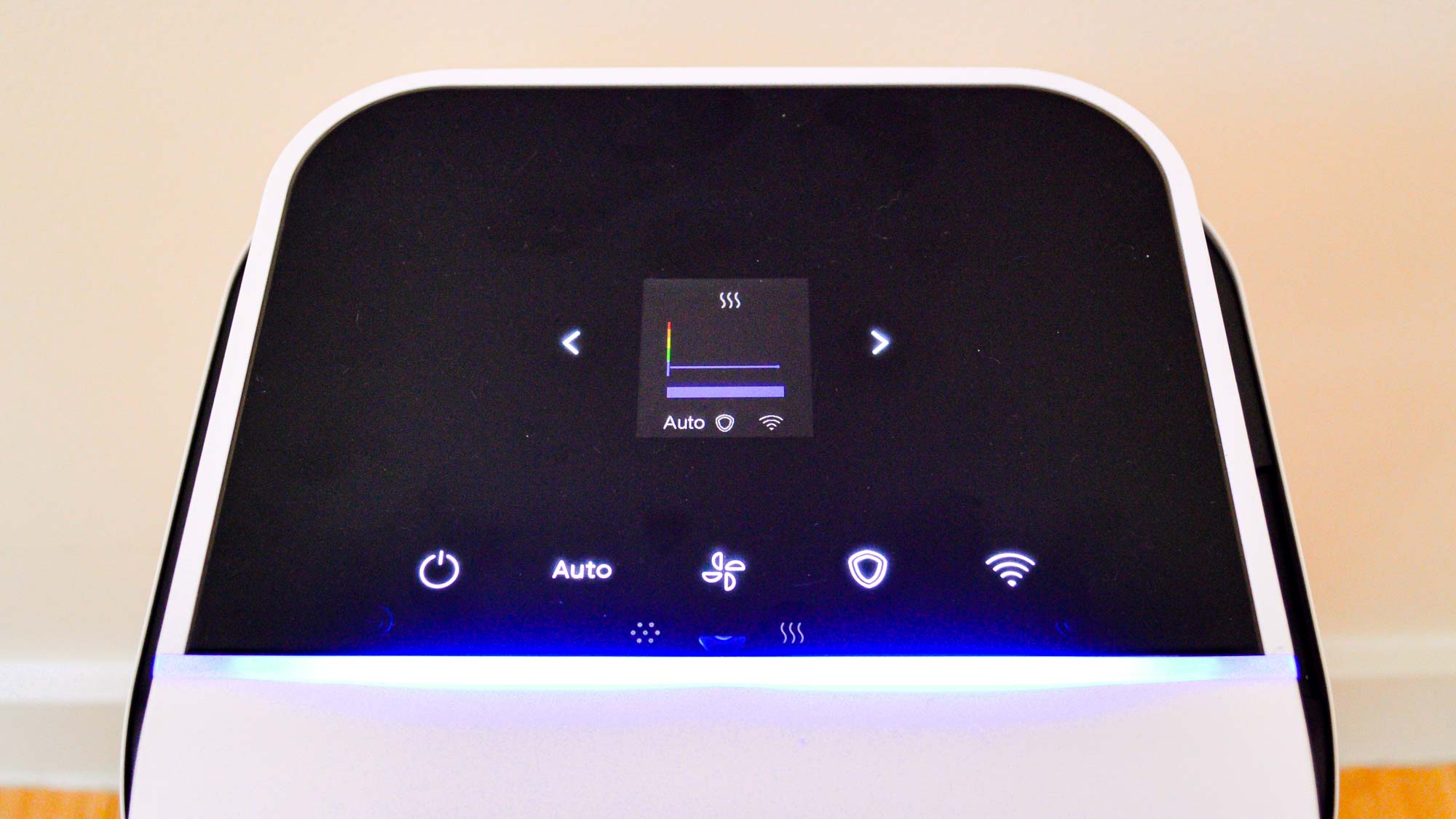
Most air purifiers now come with an auto setting, and you should take advantage if yours has one. With this function, your air purifier will automatically adjust its fan speed based on the quality of the air, which it uses sensors to determine. In doing this, your air purifier is only ever using as much energy as is required to clean your air. It also means the purifier will pick up the slack if a pollutant is suddenly detected in your home.
This can improve the performance of your air purifier because it's essentially giving you more power when required. If you normally just stick to a low and constant fan speed, you’re not always using the most appropriate setting. While the highest fan speed setting can be loud on some models, it will only be used when necessary, so try switching to the auto setting and let your air purifier make the call on the fan speed.
Take advantage of the other settings on offer from your air purifier as well. If you want to run it at night, but can’t sleep through the lights on the unit, see if there’s a night mode available. This will dim the lights and the fan speed to help you sleep while still having an impact on the air.
4. Leave windows and doors shut
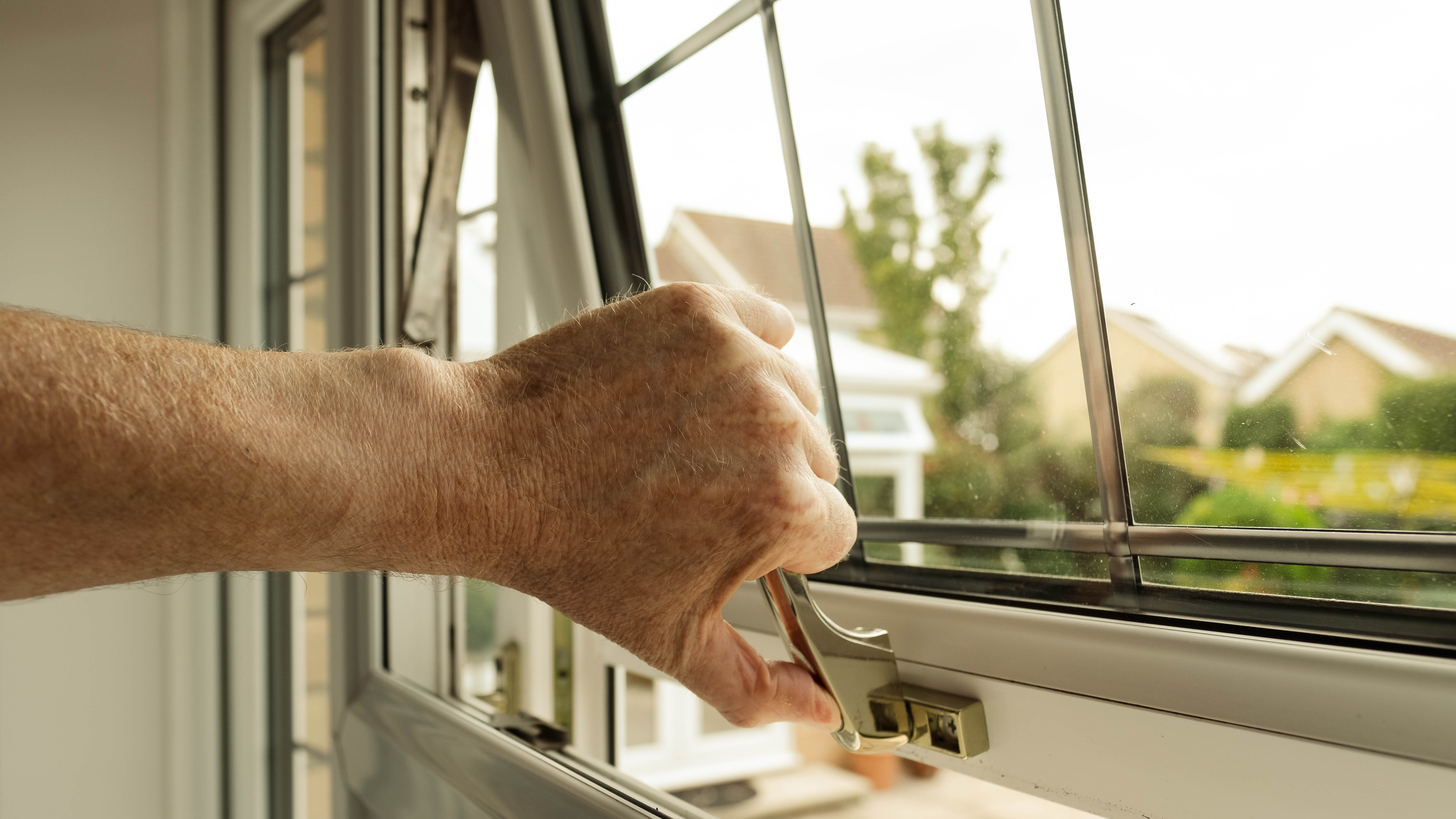
While fresh air is of course important and air purifiers are no substitute for this, it’s counterproductive if you leave your windows and doors open while your air purifier is running. Any clean air will just escape, while any outdoor pollutants will continue to enter. Leave windows and doors shut while your air purifier is running, and only open them once it’s switched off.
Try to alternate between the two and choose the best times to open your home to the elements. For instance, depending on your location and the type of pollution you’re trying to avoid, conditions may be worse in the early morning than it is in the afternoon, so you can use this to guide on when’s best to open the windows. You can use AirNow for current information.
5. Give it a helping hand
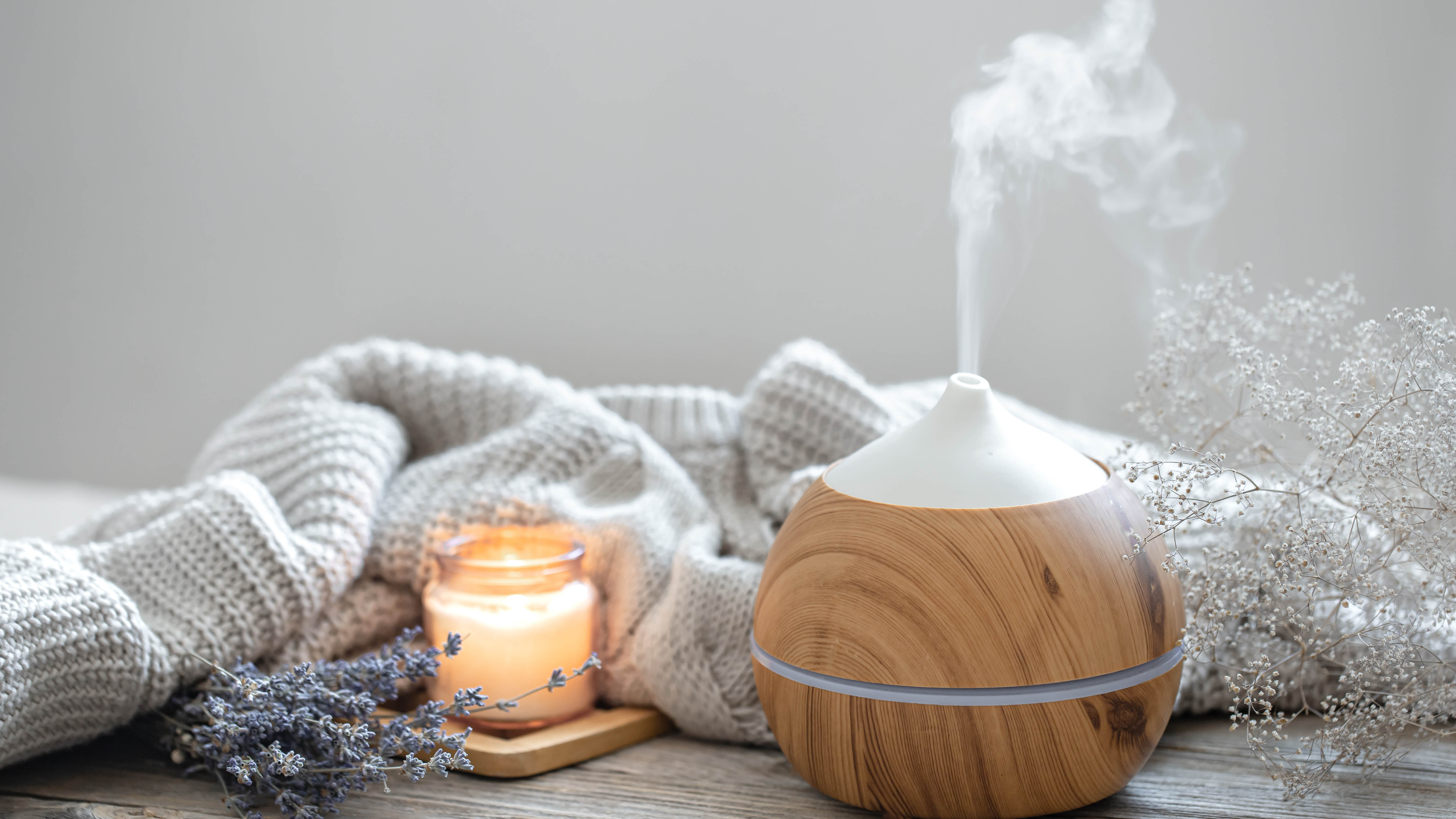
Avoid products which will deter the quality of your air at home. Otherwise, you’re just making unnecessary work for your air purifier. Candles as well as oil diffusers may smell nice, but each of these will release toxins and chemicals into the atmosphere in the form of VOCs. This is one of the main things your air purifier is actually trying to filter out, so why add to the problem?
When you have no choice but to use items which will pollute heavily, such as hairspray or cooking oils, try to open a window and ventilate the excess at first, rather than letting your air purifier do all of the heavy lifting. This will speed up the process of cleaning the air.
6. Give it a clean
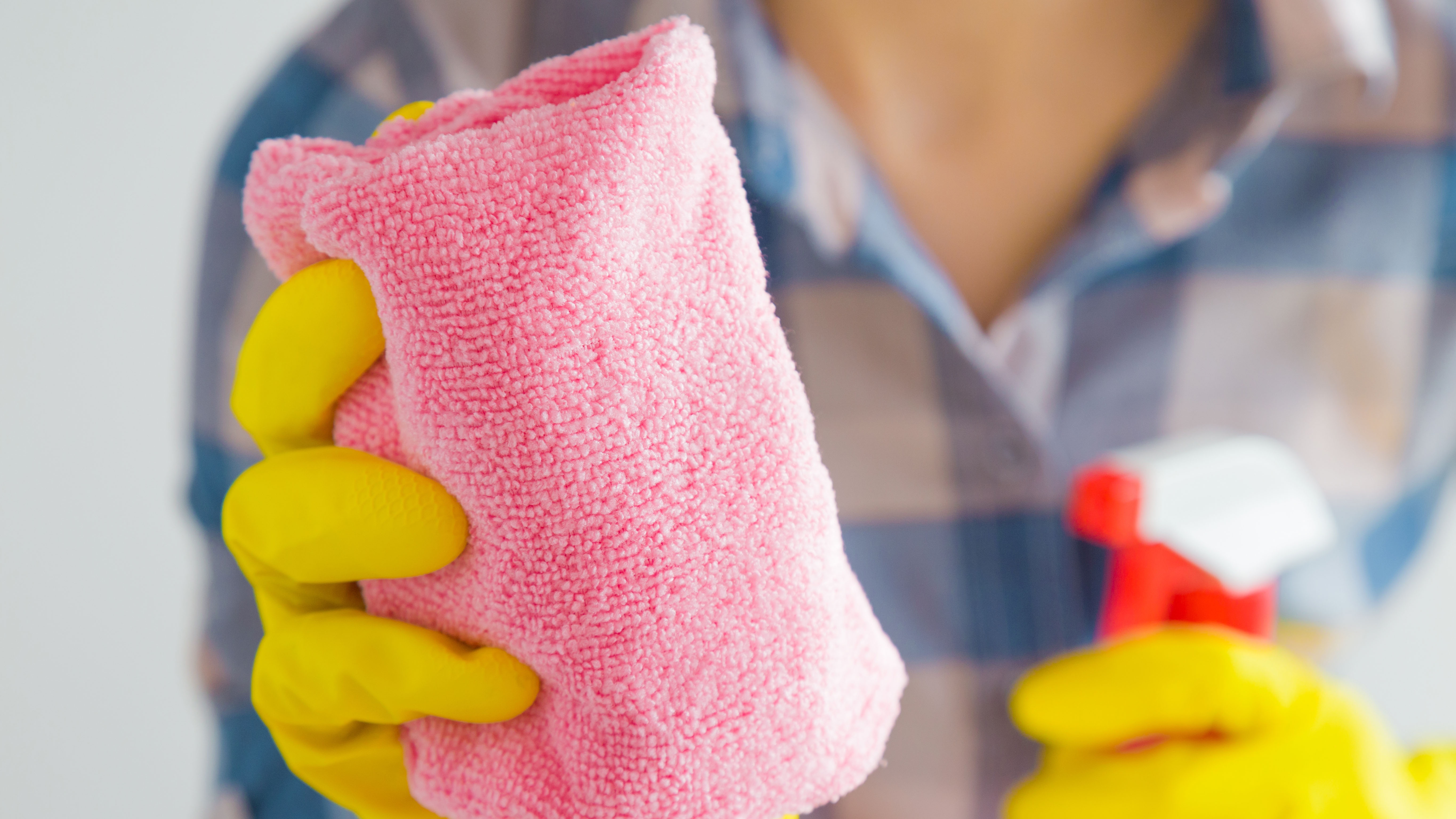
Air purifiers are one of the appliances we forget to clean, especially as the filters themselves are replaceable. But, you still need to give your air purifier a once over when required, otherwise dust can build up around the vents and sensors and impact the overall performance.
Switch off the device and use a damp microfiber cloth to wipe the exterior, being careful not to touch any electrical components. You can use a soft brush to remove the dust from the vents, if required. Locate the air quality sensor, if your model comes with one (check your manual for guidance). Follow the care instructions given by your manufacturer for cleaning the sensor. If none are supplied, use a cotton swab to remove excess dust from the sensor and vacuum its cavity with one of the best vacuum cleaners. The sensor should be cleaned every couple of months for guidance.
7. Get one of the best air purifiers
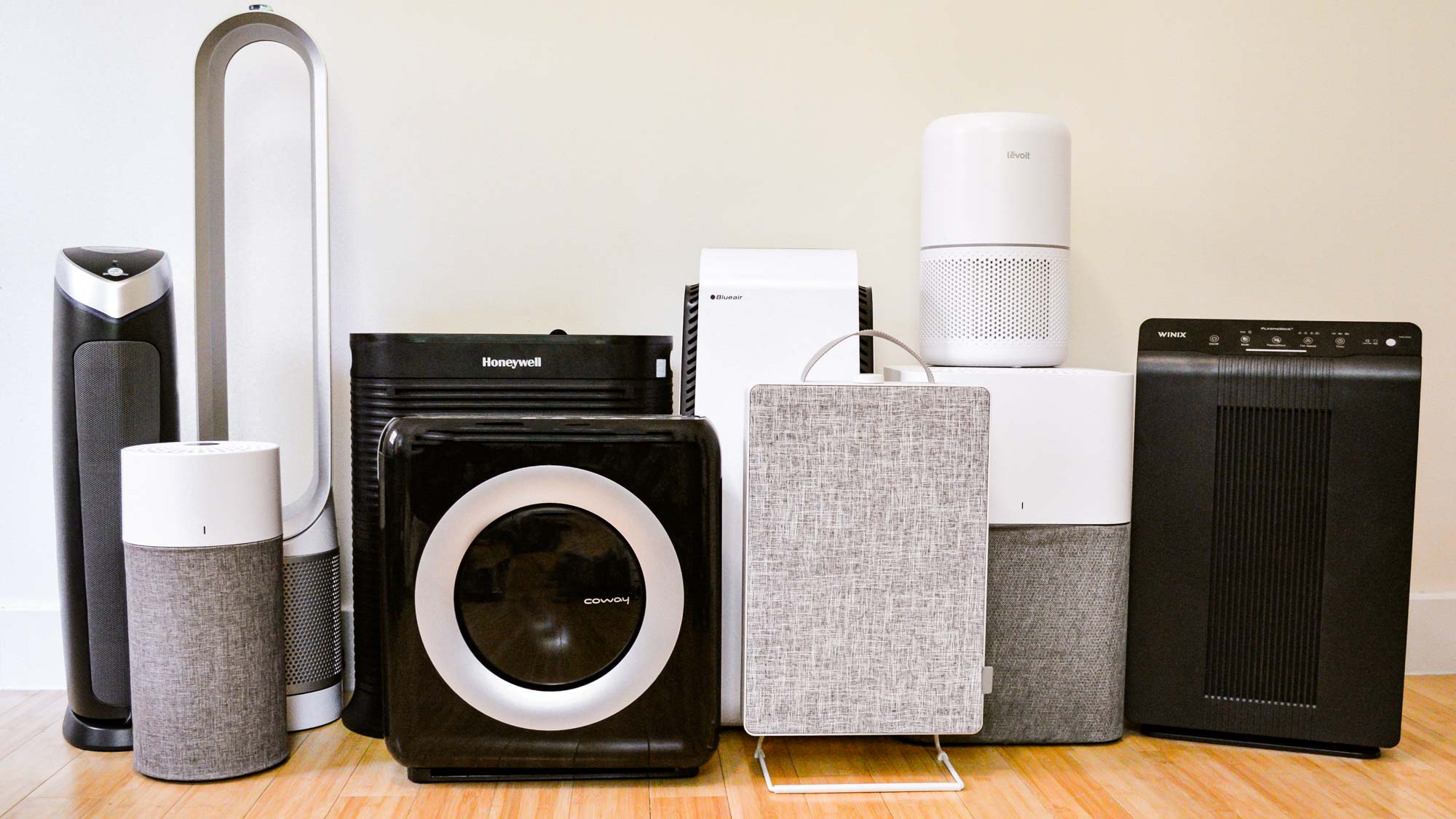
If your air purifier just isn’t giving you the performance you want, why not opt to buy one of the best air purifiers to replace it? We've tested a range of models, assessing everything from the CADR to the ease of setting up, as well as noise produced and electricity consumption in use, so you can rest assured that our winners will not disappoint. We’ve also found an option to suit every situation, so whether you’re shopping on a budget, or want a model with all of the bells and whistles, we’ve got a recommendation.
For more tips, tricks and how tos check out dishwasher vs washing by hand, 11 things to look for when buying a washing machine and how do air purifiers work?

Katie Mortram used to be a Homes Editor for Tom's Guide, where she oversaw everything from kitchen appliances to gardening tools, as well as smart home tech. Specializing in providing expert advice for cleaning and home manintenance, she now works as Household Advice Editor for Good Housekeeping.
